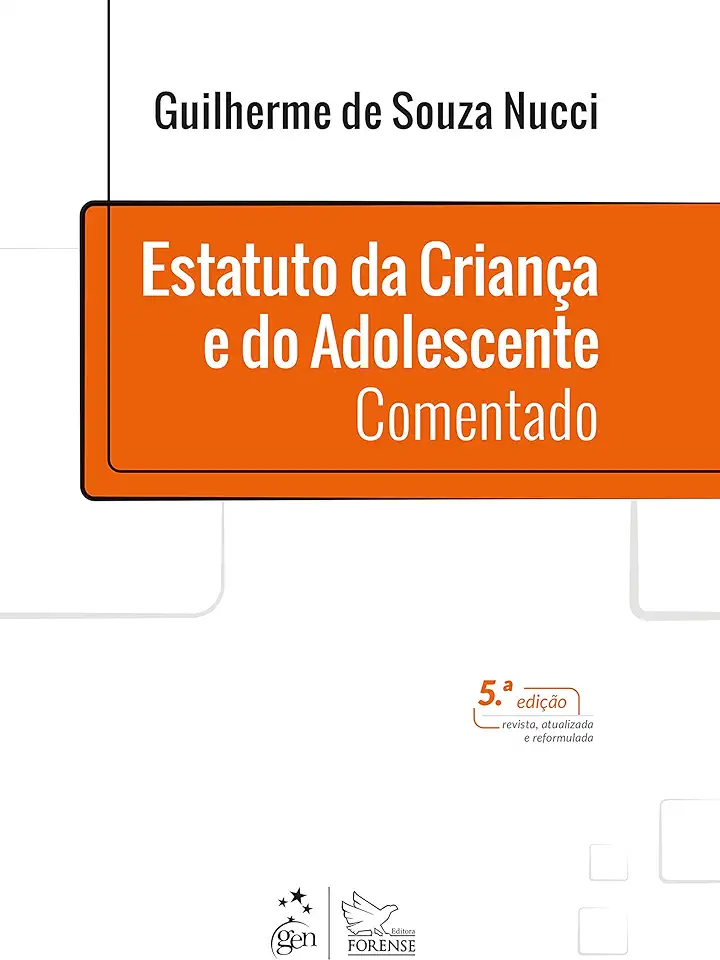
Child and Adolescent Statute - Condeca
Child and Adolescent Statute - Condeca: A Comprehensive Guide to the Brazilian Law Protecting Children and Adolescents
The Child and Adolescent Statute (Condeca) is a landmark piece of legislation that has revolutionized the way Brazil protects its children and adolescents. Enacted in 1990, the statute establishes a comprehensive framework of rights and protections for children and adolescents, and has been hailed as a model for other countries around the world.
In this comprehensive guide to the Child and Adolescent Statute, you will learn everything you need to know about this important law. We will explore the statute's key provisions, including:
- The definition of a child and adolescent
- The rights of children and adolescents
- The responsibilities of parents and guardians
- The role of the state in protecting children and adolescents
- The legal consequences of violating the statute
We will also provide practical guidance on how to use the Child and Adolescent Statute to protect the rights of children and adolescents. This guide is essential reading for anyone who works with children and adolescents, including parents, teachers, social workers, and lawyers.
Key Provisions of the Child and Adolescent Statute
The Child and Adolescent Statute is a comprehensive law that covers a wide range of topics related to the protection of children and adolescents. Some of the key provisions of the statute include:
- The definition of a child and adolescent: The statute defines a child as a person under the age of 12, and an adolescent as a person between the ages of 12 and 18.
- The rights of children and adolescents: The statute establishes a number of rights for children and adolescents, including the right to life, health, education, and freedom from violence.
- The responsibilities of parents and guardians: The statute also sets out the responsibilities of parents and guardians, including the duty to provide for the child's basic needs, to protect the child from harm, and to ensure that the child receives an education.
- The role of the state in protecting children and adolescents: The statute also establishes the role of the state in protecting children and adolescents. The state is responsible for ensuring that the rights of children and adolescents are upheld, and for providing services and support to children and adolescents in need.
- The legal consequences of violating the statute: The statute also sets out the legal consequences of violating its provisions. Violations of the statute can result in civil and criminal penalties.
How to Use the Child and Adolescent Statute to Protect the Rights of Children and Adolescents
The Child and Adolescent Statute is a powerful tool that can be used to protect the rights of children and adolescents. Here are some tips on how to use the statute to make a difference:
- Educate yourself about the statute: The first step to using the statute is to educate yourself about its provisions. This guide is a great resource for learning about the statute, but you can also find information online and from your local library.
- Get involved in your community: One of the best ways to protect the rights of children and adolescents is to get involved in your community. Volunteer your time at a local child welfare agency, or join a child advocacy group.
- Speak out against child abuse and neglect: If you see or suspect child abuse or neglect, don't be afraid to speak out. Report the abuse to the authorities, and contact a child welfare agency for help.
- Support organizations that work with children and adolescents: There are many organizations that work to protect the rights of children and adolescents. Support these organizations by donating money, volunteering your time, or spreading the word about their work.
By taking action to protect the rights of children and adolescents, you can make a difference in the lives of young people in your community.
Enjoyed the summary? Discover all the details and take your reading to the next level — [click here to view the book on Amazon!]